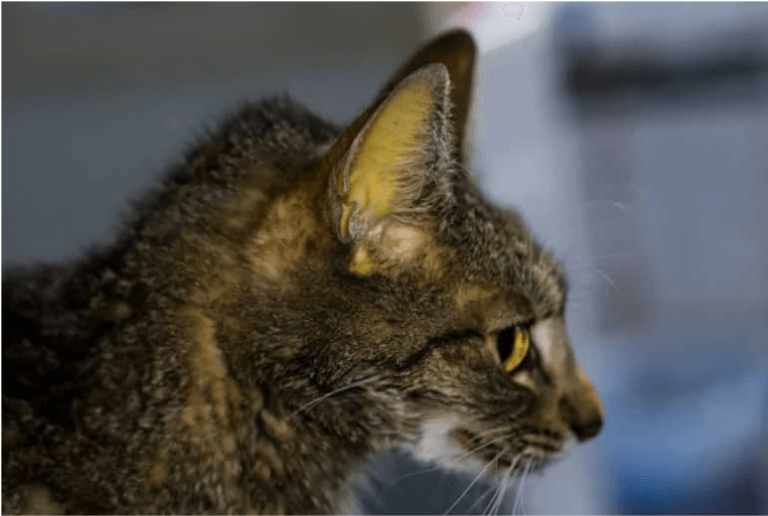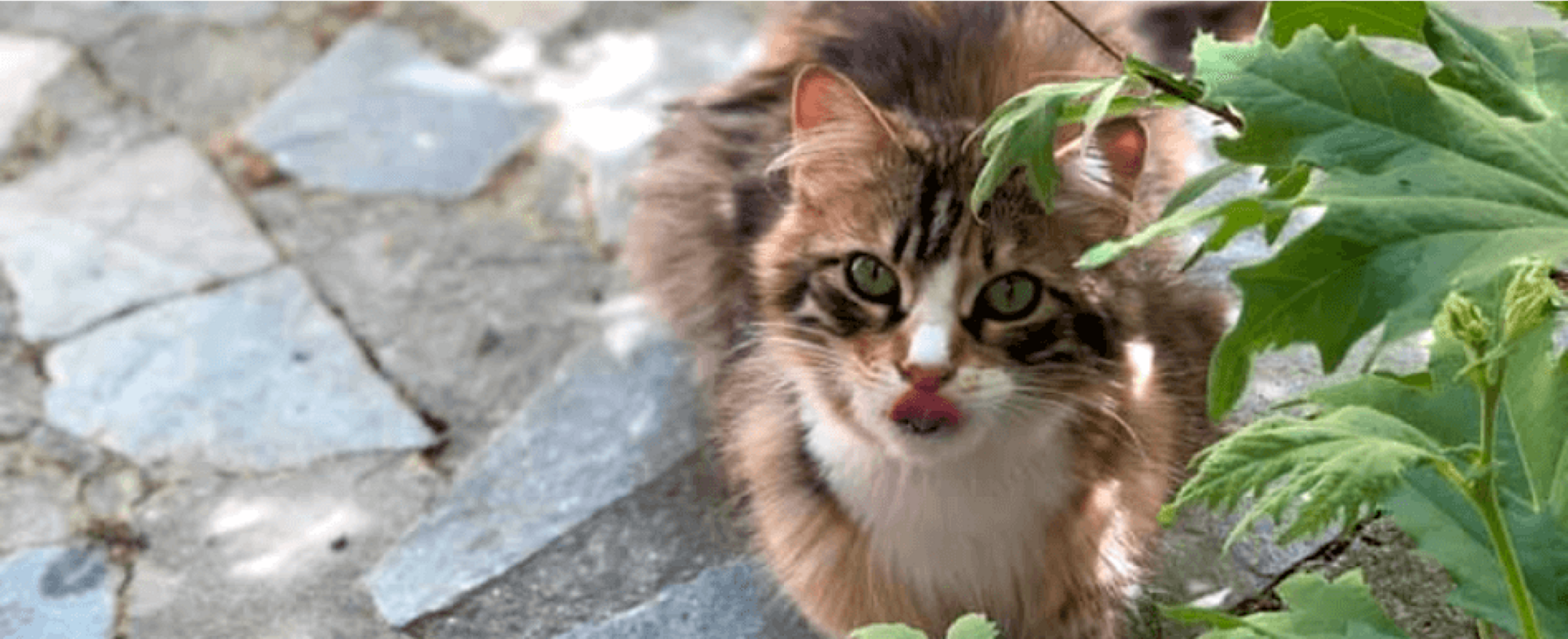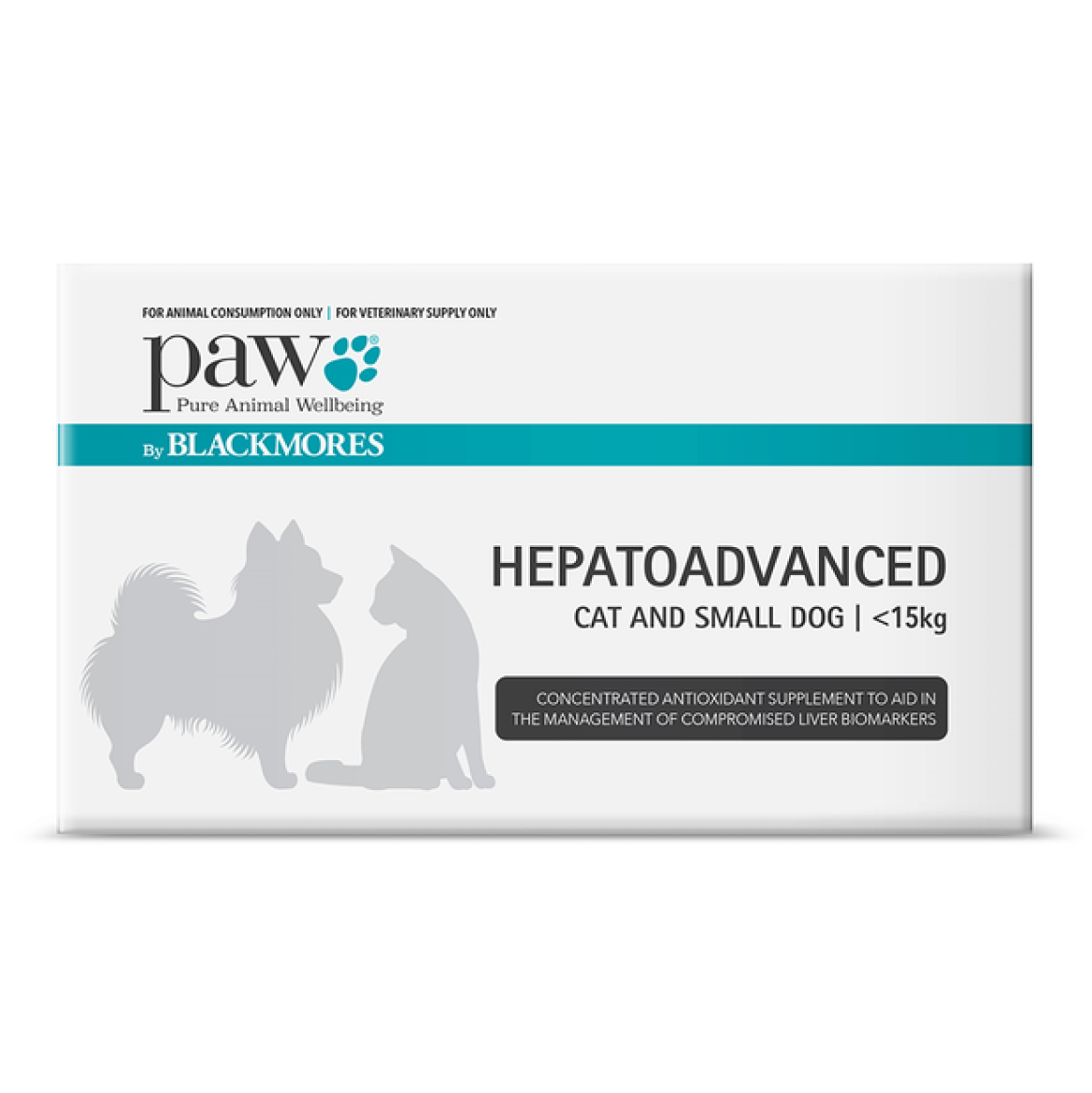Last Updated: 06/05/2025
Liver Disease in Cats
Has your cat been diagnosed with liver disease? Take a look at our Vet-guide to the causes signs treatment and management of liver disease in cats.
Author: Dr Lacey Kelly BVSc (Hons)
Reading Time: 12 minutes - short read
The liver is the second largest organ in the body and performs many vital functions such as manufacturing blood clotting factors and bile, aiding in digestion, and removing toxic substances from the bloodstream. When the liver is no longer working correctly there are widespread negative effects throughout the body. Because the liver works to filter so many substances from the body, it is susceptible to insult from many different sources. With so many potential causes of liver disease combined with often very non-specific clinical signs, liver disease can be extremely challenging to diagnose correctly.
What Causes Liver Disease?
There are a multitude of causes of liver disease in cats. In some cases, a specific cause cannot be determined, and the liver disease is classified as idiopathic; meaning no cause identified. Some factors that increase your cat's chance of developing liver disease include advanced age, obesity, and certain medications and chemicals. Some cat breeds are also genetically more prone to being born with or developing liver disease. If you are considering getting a new kitten, read our vet article on how to find a good breeder including questions to ask about genetic disease.
Common Causes of Liver Disease

Toxin Ingestion (plants, pesticides, algae, mould, certain mushrooms, medications, essential oils, chemical cleaners)

Trauma (direct injury, heat stroke, poor tissue perfusion)

Viral Infections

Congenital Conditions

Cancer
Once the liver has sustained injury it results in inflammation known as hepatitis. If left untreated healthy liver cells are replaced by scar tissue resulting in loss of liver function. It is therefore important to be aware of the signs of liver disease so an early diagnosis can be made, and disease progression limited.
What are the Signs of Liver Disease?
When caught early there is a much greater chance of recovery, making early identification so important. Unfortunately the signs of liver disease can be very similar to those of other conditions which can make diagnosis a little tricky.
Signs of Liver Disease may include:

Lethargy

Reduced or absent appetite

Weight loss

Increased thirst

Vomiting or diarrhoea

Jaundice (yellowing of skin and white of eyes)

Excessive drooling

Bloated abdomen

Seizures

Jaundice can be observed on the hairless skin inside the ears. Photo: Kingsdale Animal Hospital
How is Liver Disease Diagnosed?

Blood tests

Urinalysis

Radiography

Ultrasonography
How is Liver Disease Treated?

Treatment of liver disease is dependent on the specific diagnosis however there are some general supportive measures that are often recommended for cats with liver disease.
Providing a high-quality diet that rests the liver is a common recommendation for cats with liver disease. Feeding a diet of easily digestible carbohydrates and high-quality fats with limited sodium is recommended to reduce ongoing liver damage and allow it some 'down-time'. In some cases protein intake is also limited however this is very case dependent. Paramount in the treatment of liver disease is ensuring your cat continues to eat so diet palatability is extremely important to keep in mind too. It is important to have a chat to your treating veterinarian to find a suitable option for your cat's specific needs.
Antioxidant treatment is another commonly used form of supportive care for pets with liver disease. Paw Blackmores Hepatoadvanced contains ingredients that may help to protect the liver cells from oxidative stress and aid in protection of liver function.
Your vet will be able to work closely with you to formulate a multimodal approach to managing your cat's liver disease.
Liver Supplements and Diets for Cats
